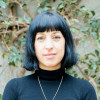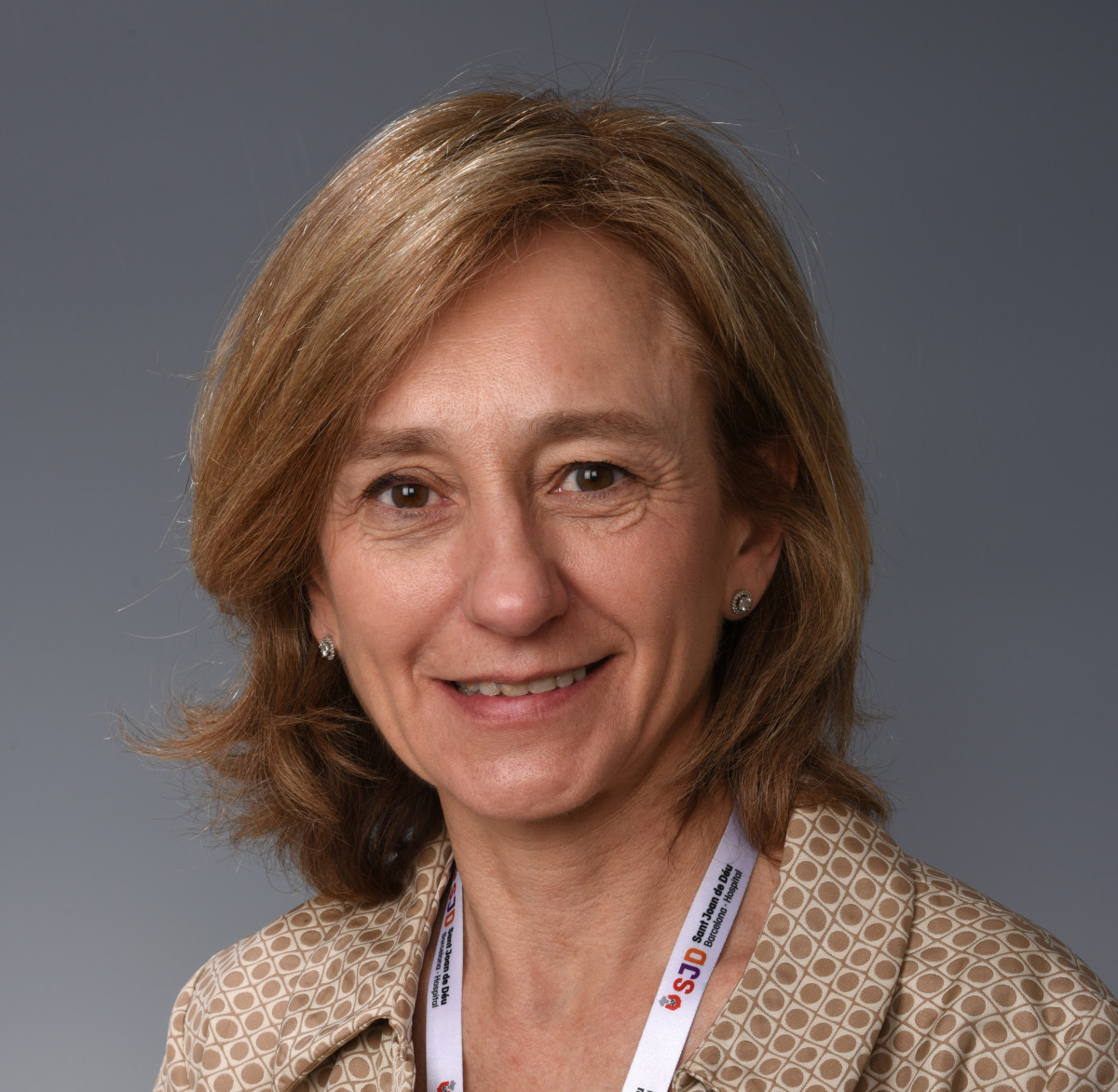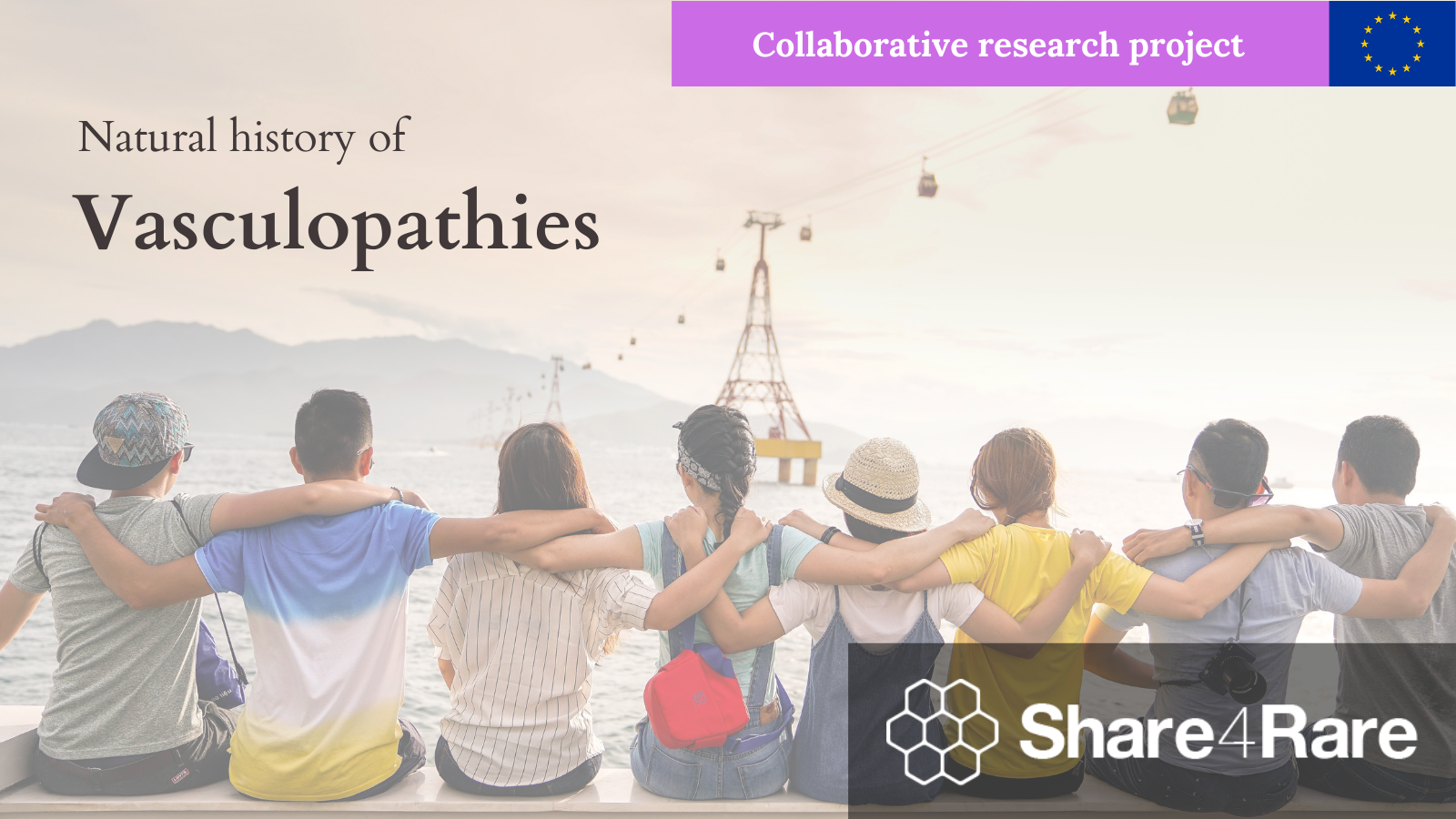
Interview with Dr. Eulàlia Baselga, leader of the Share4Rare project on vascular malformations

Eulàlia Baselga has been working on paediatric dermatology for almost 30 years. Her main line of research are vascular malformations, which, in her words, "are very different from patient to patient and we do not really know why they appear". In recent years, she has made many findings about these conditions “because my team and I have discovered some of the gene mutations that cause them. I try to find which mutation causes each vascular malformation in order to find a directed therapy to cure each patient”.
On the other hand, some of her work consists in growing the mutated cells in a laboratory culture "to study how they behave and how they react when we apply different treatments," she explains.
Origin of the Shar4Rare Project on Vascular Malformations
As the leader of a Share4Rare project that intends to describe the natural history of vascular anomalies (also known as vasculopathies) and their impact on the quality of life, we asked her how this idea of a descriptive study came about. She spoke about the importance of knowing what the real needs of the patients are:
“The main thing we need to find out is how vascular malformations affect patients and caregivers. Now that new treatments are being developed, it is very important to know what discomforts patients or what symptoms are those that most concern them. Let’s see this with an example: imagine that we have a treatment that reduces the lump of a malformation, but does not eliminate its colour, and it is precisely the colour that actually worries the person who has that malformation... It makes no sense to give him or her such treatment, because we would not be addressing the main problem of the patient, which is, in this case, the colour of the malformation”.
Eulàlia explains that it is also necessary to know the evolution of the vascular malformation over time, because patients often ask how they will be in 5, 10 or 20 years.

The importance of studying the natural history of vascular malformations
The Share4Rare project collects the main symptoms or discomforts derived from a heterogeneous group of vascular malformations (Sturge-Weber syndrome, CLOVES syndrome, Proteus syndrome, etc.) and studies how these evolve over the years, which treatments have been most effective and how these treatments have actually helped the patients.
“Another important aspect”, Eulàlia points out, “is that we need to measure if those clinical trials that test new treatments are really improving those matters that really concern the patient. IAnother example. Imagine we discover a treatment X that blocks the mutated gene in a vascular malformation. If we design a clinical study to test whether treatment is useful for the patient, we must measure how useful it is by seeing if it improves those aspects that concern the patient the most. It would be useless to design a study that measures something that does not affect the patient at all”.
The main challenge of this project, by including such a heterogeneous set of diseases, is to recruit a nice set of patients. Only this way we will be able to draw statistically significant conclusions. "Another major challenge is that some patients often do not have a diagnosis and we end up misclassifying some conditions".
When asked why she considers it essential to obtain patient-centred data, she responds: “Our mission as physicians is to provide patient care. We conduct research to find a cure for vascular malformations, to find a treatment that helps patients precisely in dealing with what most concerns them or what most affects their quality of life. Nothing we do makes sense if it is not to help our patients. And, if we cannot find a cure, our mission is to accompany the patient, to offer him/her information about the disease. We must explain what to expect in the short, medium and long term. This is what gives meaning to our profession”.
If you are interested in participating in this study, please go to the project page and get registered.
